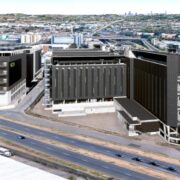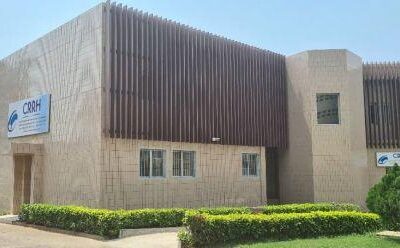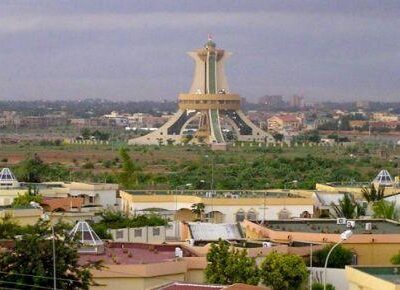Land reform
It is also encouraging that the new agriculture minister has emphasised the need for an acceleration of the Agriculture & Agro-processing Master Plan, the framework on which the inclusive growth of the agricultural sector is premised. According to the Agricultural Business Chamber, government has more than 2-million hectares of land that has not been released to beneficiaries with title deeds, mainly due to incompetence and corruption.
Hopefully, the long-awaited establishment of the Land Reform & Agriculture Development Agency will expedite land reform in such a way that the wind will be taken out of the sails of a number of radical political parties that advocate nationalisation, a policy that has ruined the Zimbabwean and Venezuelan economies, leading to the mass emigration of their citizens and turning these two resource-rich countries into failed states.
The department of agriculture has stated its intention to leverage the skills, resources and knowledge already available in the private sector, especially in agribusiness, to provide momentum to the further development of the agriculture sector.
The timing of a new era in which the emphasis of economic policy shifts from ideological objectives to creating higher growth and employment opportunities at pace is good. The world economy is expected to grow at more than 3% over the next few years and most of SA’s key trading partners are likely to experience macroeconomic stability.
On the domestic front, most regions in the country have enjoyed uninterrupted electricity since April, due mainly to the expansion of solar power installations. In 2010, the private sector (including households) generated less than 4% of total electricity, but this has now risen to 14% and will continue climbing. Eskom has also introduced a comprehensive maintenance plan targeting the worst-performing power stations, partnering with original equipment manufacturers (OEMs) with extensive knowledge of the equipment used at power plants.
Speedy recovery
Positive reaction from capital markets has been profound, with a decline of more than 150 basis points in SA’s 10-year bond yield between the end of April and August 8, suggesting that the repo rate should have been lowered long ago. The rand has also been performing well lately. Between March and end-July none of the 16 key currencies monitored by Currencies Direct outperformed the rand against the dollar, with even the euro, yuan and yen taking a hit against the world’s dominant currency. SA’s balance of payments remains in good shape and the trade balance is headed for its ninth successive surplus year.
On the secondary capital market, the JSE all share index closed at a record high of 83,169 on August 16. This represents an increase of 45% over the index value of 57,336 recorded on February 21 2020, just before the Covid-19 pandemic. Since then the JSE has been caught in the crossfire of carry trade instability related to substantial differences between interest rates in Japan and several other post-industrial economies, but the attractive valuations of many shares on the JSE promises a speedy recovery.
Several other key indicators of economic activity have been under pressure as a result of the refusal by the Reserve Bank’s monetary policy committee (MPC) to loosen its grip on an overly restrictive policy approach, despite the absence of any sign of demand inflation and an alarming increase in unemployment. The prime overdraft rate remains at its highest in 14 years, causing the ratio of debt servicing costs to household disposable income to rise to 9.2% — the highest level in 15 years. During the first five months of 2024 real per capita household consumption expenditure, the main driver of demand, was 6.3% lower than in the same period in 2019.
Ironically, with capacity utilisation in manufacturing still below pre-Covid levels, the MPC could lower cost-push inflation via lowering the repo rate, due to the decline in fixed overhead costs per unit that would flow from the resultant increase in demand. It remains a mystery why the MPC has decided to ignore that both the consumer price index and the producer price index have been comfortably within the inflation target range of 3%-6% for more than a year. During the governorship of Gill Marcus, the average real prime rate was just above 3%. It is now 6.7%, an increase of 115% in the real cost of capital and of credit.
A substantial lowering of lending rates is overdue and will undoubtedly lead to a resurgence of private sector capital formation and household expenditure — just the triggers that are required to realise the GNU’s ambitions for higher economic growth.
• Dr Botha is economic adviser to the Optimum Investment Group, and Swanepoel CEO of the Inclusive Society Institute. This article draws on the content of the institute’s 2024 midyear Economic Review.











Comments